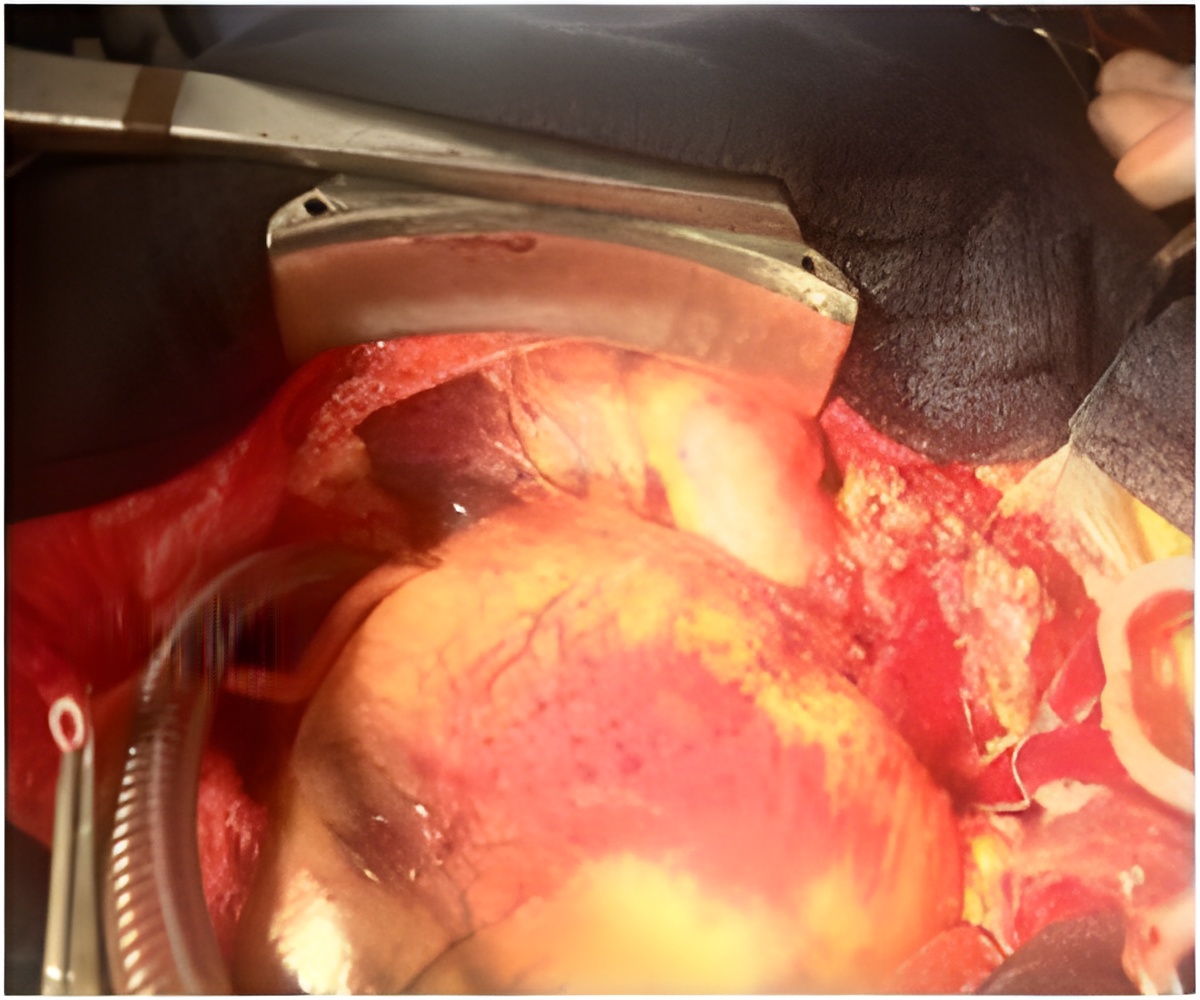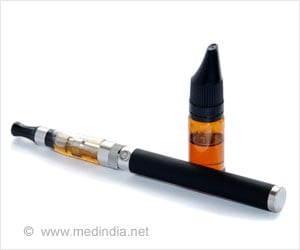
Carotid stents are designed to open up the neck arteries, which carry oxygen-rich blood from the heart to the brain but have been narrowed over time by a buildup of cholesterol, fat and other substances that stick to blood vessel walls. Unstable pieces of this plaque-like debris can break off and travel into the brain, where they can cause strokes.
"In my mind, this is a study that should change medical practice," says study leader Mahmoud B. Malas, M.D., M.H.S., an associate professor of surgery at the Johns Hopkins University School of Medicine. "Our work suggests that doctors should never balloon a stent after placing it. There is no upside."
Malas and his team analyzed data from 103 patients who underwent placement of a carotid stent between 2005 and 2012 at the Johns Hopkins Bayview Medical Center. All patients underwent pre-stent ballooning. Seventy percent also underwent post-stent ballooning, while 30 percent did not. Patients who underwent post-stent ballooning were four times more likely to suffer from dangerously low blood pressure and/or a dangerously slow heart rate during or immediately after the procedure. Although Malas says the study was too small to absolutely end the practice of post-stent ballooning, that approach should be considered.
As part of his study, Malas also looked at data from a past study of more than 1,000 patients undergoing carotid stenting, which also hinted that post-stent ballooning increases the risk of stroke. The number of physicians forgoing this step, however, was too small to get a full picture, he says.
Stroke is the third leading cause of death and the number one cause of adult disability in the United States. Carotid artery disease is estimated to contribute to 20 percent of ischemic strokes, by far the most common type.
Advertisement
Placing a carotid stent is a minimally invasive procedure that involves threading a catheter from the groin area up to the site of the blockage in the neck. Physicians gently inflate a balloon in the area that is constricted to open the artery wide enough to safely insert the stent. Those who again inflate the balloon afterward say it enables the stent to open as wide as possible and to show surgeons if the opening is large enough to reduce the risk of closing off in the future.
Advertisement
Malas says he also believes post-stent ballooning wreaks havoc on blood pressure and heart rate, because the pressure of the post-stent balloon on the artery sends confusing signals to the brain. The receptors around the carotid artery falsely sense that blood pressure is high, so they send signals to the brain, which in turn sends signals to the heart to slow down and to the peripheral small arteries to dilate. This can stop the heart or cause dangerous hypotension.
"Every time we use the balloon, there can be a major drop in heart rate, so we have to use it judiciously," he says. "It's just not needed after the stent is in place."
Source-Eurekalert









